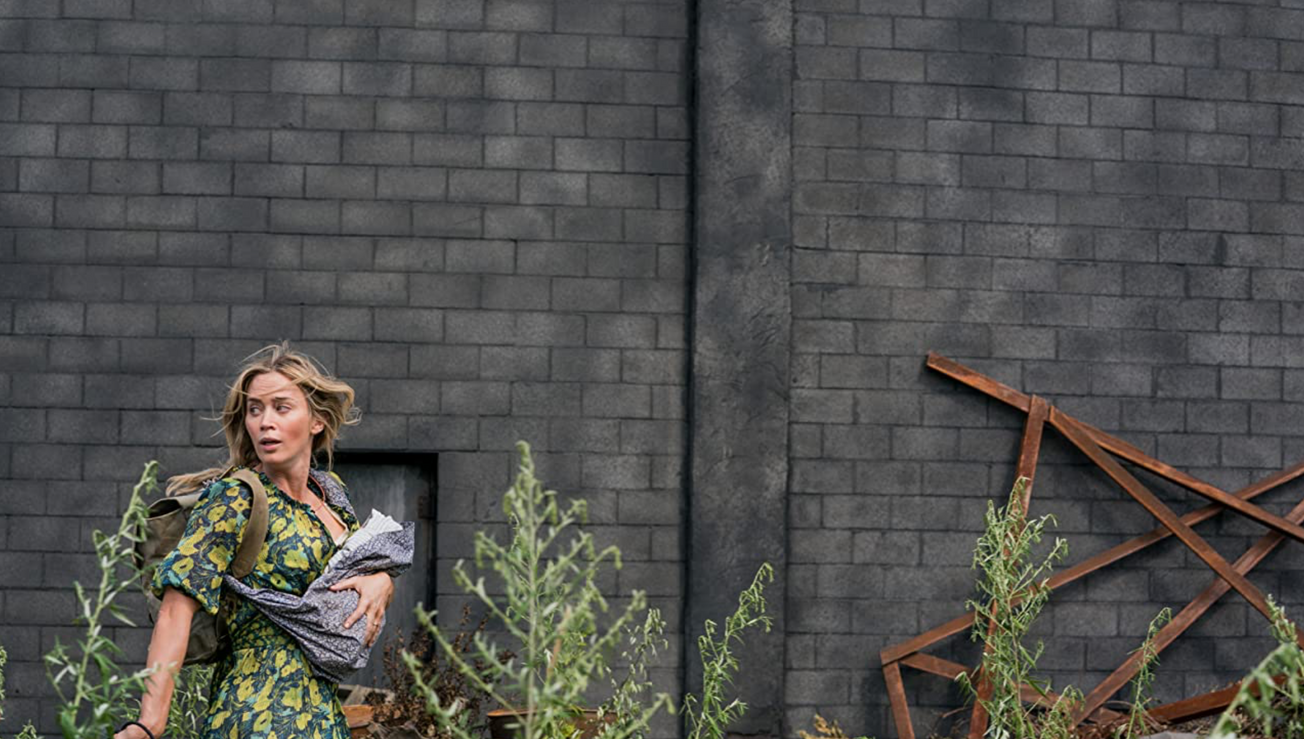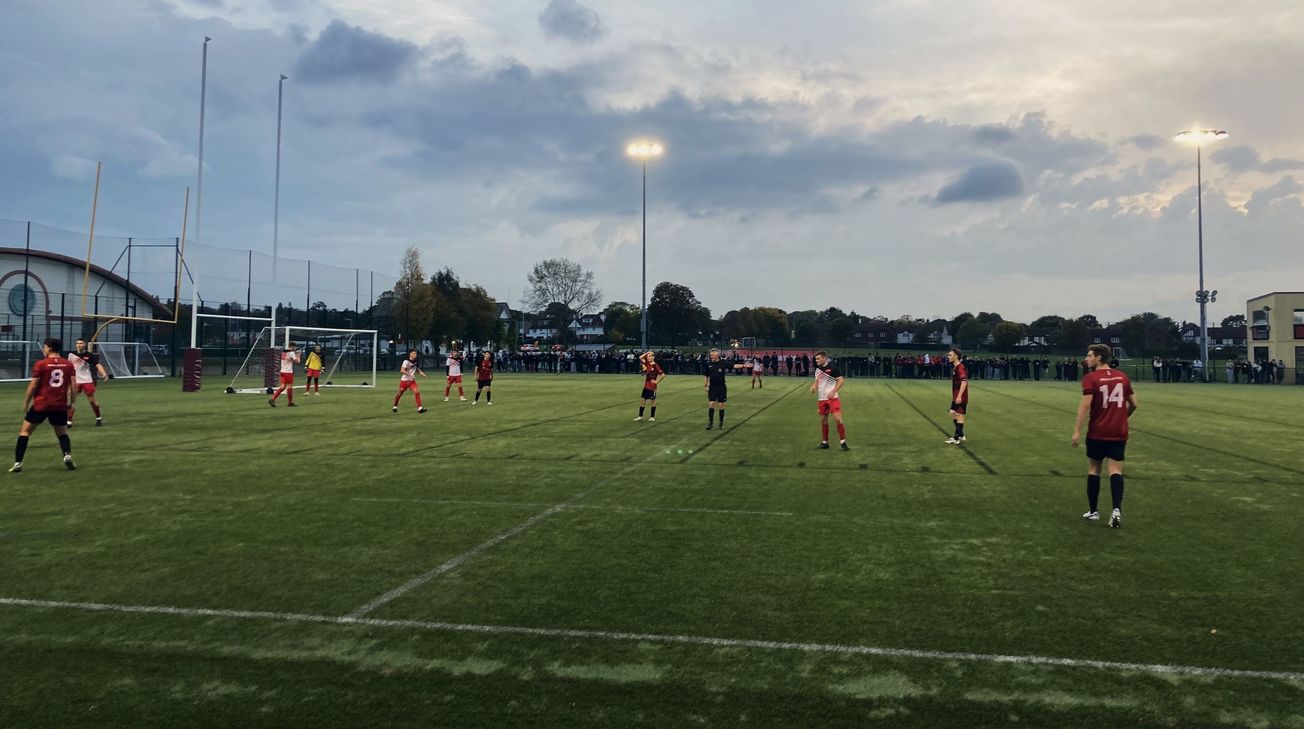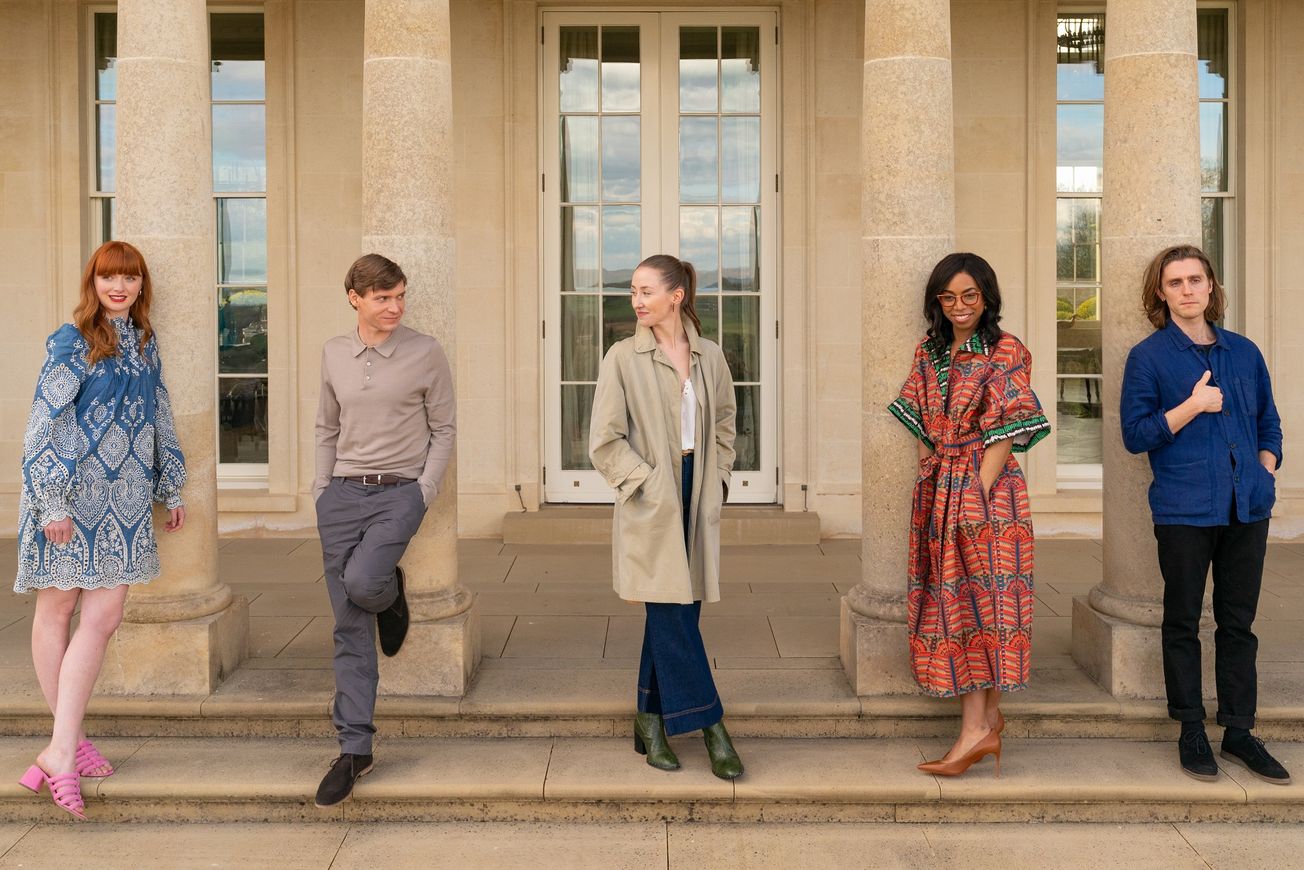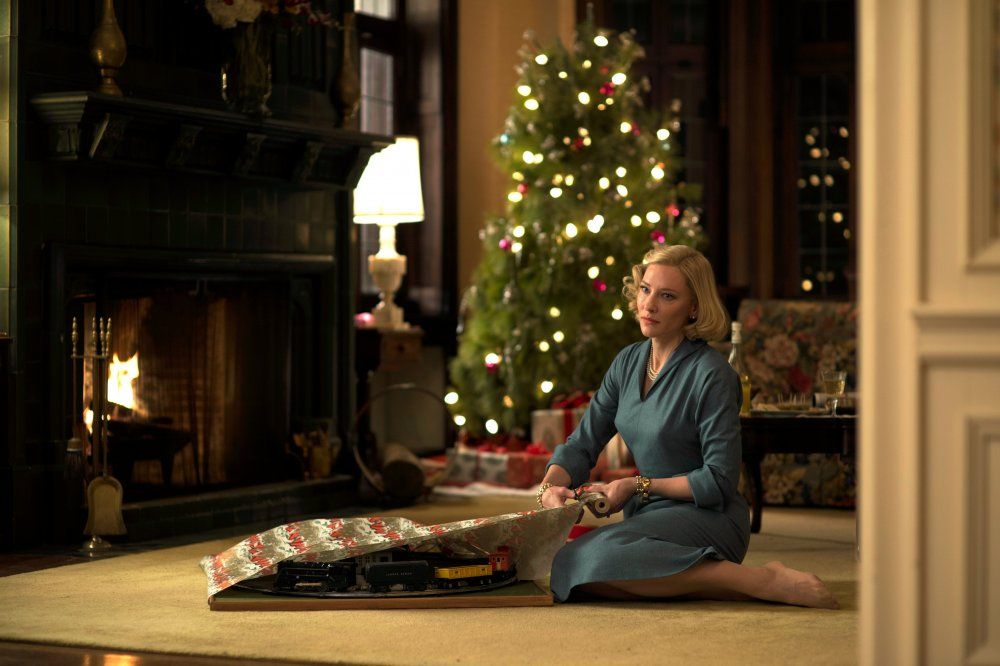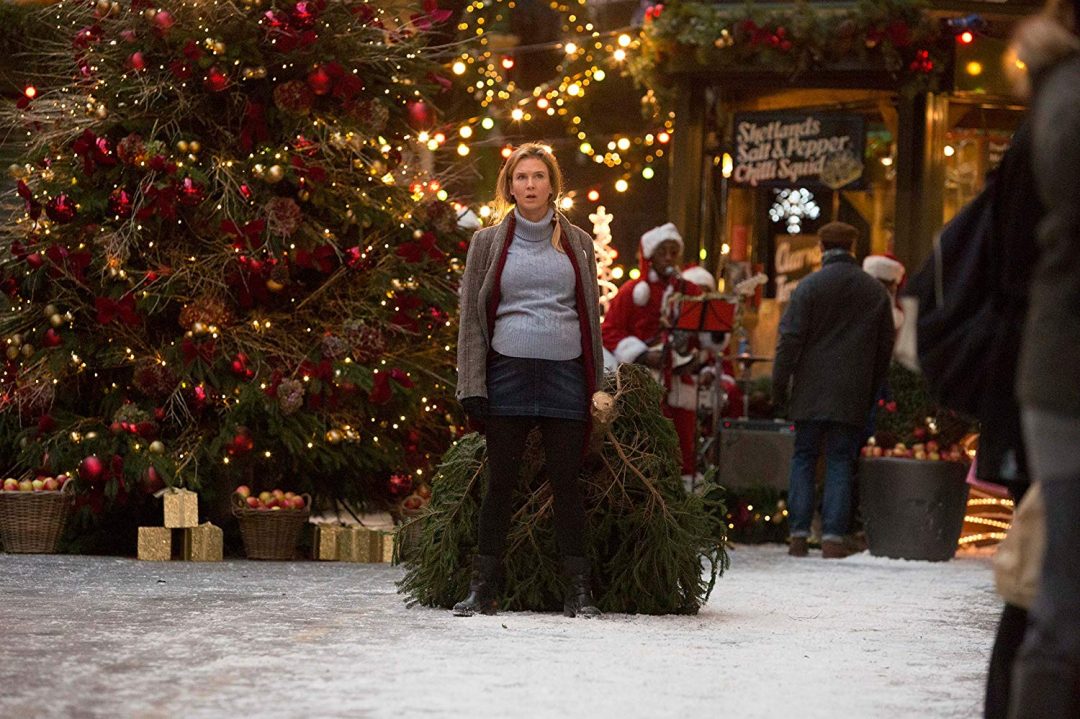By Chezelle Bingham, Subeditor of Film & TV
In 2018, A Quiet Place presented horror fans with some of the most impressive writing since Get Out (2017) and Hereditary (2018). Following its success, John Krasinski’s A Quiet Place Part II (2021) gives us an equal amount of thrills but provides us with considerably less drive than its predecessor.
The sequel picks up where the last one left off, re-introducing us to the now-widowed Evelyn (Emily Blunt), her daughter Regan (Millicent Simmonds) and son Marcus (Noah Jupe) as they attempt to navigate through a world in which keeping silent is the only way to survive. Their quest is only made more difficult with the arrival of the unnamed new-born baby that Evelyn gave birth to in the previous film shortly before the death of her husband Lee (John Krasinski). Assisted by the reclusive Emmett (Cillian Murphy), the story follows Regan, who is hearing impaired, as she journeys to find a community of survivors while her mother attempts to keep her other two children safe. The movie presents this parallel narrative simultaneously.
As I watched, I could not help but wish that every movie in the horror genre could be written in the same way
The opening scene is undeniably the best of the movie. With astonishing intensity, Krasinski provides us with the much-needed context behind the terrifying alien invasion that the first movie lacked. Flashing back to Day 1, we learn about the aliens in a way that does not reveal too much and does not render them ludicrous as the Abbot family fight for their survival in suburbia.

This scene will have you holding your breath in the same way as its characters, even though you are already aware of the eventual outcome. It is brilliant horror writing and its excellence does not go unnoticed. As I watched, I could not help but wish that every movie in the horror genre could be written in the same way.
While the first half of the movie is certainly captivating, the second half falls short. The journey to find survivors appears too simple and lacks uniqueness, as well as intent. At moments, it was even a little too predictable. Perhaps things do not need to be overexplained, but the two parallel storylines could have done with a little more development on Krasinski’s part, especially as the run time is only 97 minutes.
Despite several pitfalls, the acting and use of sound in A Quiet Place Part II is consistently fantastic. Emily Blunt provides us with everything she gave in the first movie and more, although she deserved more screen time, while Millicent Simmonds remains as impressive as she did in her first role. By hiring Simmonds, a hearing-impaired actor, to play a hearing-impaired character, Krasinski provides us with the much-needed realistic depiction of a disability that is so often underrepresented within the film industry.

However, though the movie may succeed at representation in this way, I found myself disappointed in the fact that the only two people of colour in the movie are killed within minutes of their first appearances. It unfortunately seems that the “POC dies first” trope often used in horror movies is adopted by A Quiet Place Part II very much to its disadvantage, emblematic of issues in Hollywood in general.
In the end, A Quiet Place Part II successfully achieves its intent to scare, though perhaps does so with more mimicry of its prequel than with originality. It does, however, remain a commendable follow up – for any movie that can repeat ideas and still shock is clearly one that deserves praise. Sequels are so often disappointing, but this movie silences that stereotype admirably.
Featured Images: Jonny Cournoyer & IMDB
Did you think A Quiet Place Part II was worth the wait?

